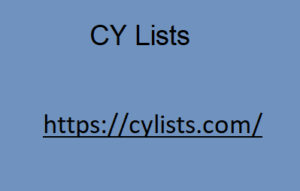|
|
These scams are all around the internet and unknowing users are vulnerable to these scams because they make their websites look legitimate. According to Google, they were able to make significant progress in detecting these online scams. One example that they used is a scam called “customer support scam” or “tech support scam” where scammers pretend to be representatives of a company then trick people seeking help into giving them credit card details and more. won’t appear in the search results although these kinds of websites pop up every day and I’m sure even Google is having a hard time detecting them all.
Manual user reports greatly helped this effort and Google encourages people to further educate themselves so they can avoid these scams and other fraudulent activities online.Was there ever a time where you click on a website then right before you are able CY Lists to scroll for the content that you need or select the product you want to purchase, there’s this big pesky pop-up that suddenly blocks your entire screen. Annoying right?

We’ve all been there at least once and if it’s annoying to us SEOs and website owners, you can be sure that’s annoying to any other user as well. These pop-ups are called Intrusive Interstitials and they may be the reason why your website is not reaching it’s full ranking potential. Intrusive interstitials are one of the signals included in Google’s Page Experience update. It might be new for those who just started in SEO but intrusive interstitials is actually something Google has been looking at for years already and it might be pulling down your rankings unknowingly. In this post, I’ll dive deeper into intrusive interstitials to not just to help you prepare for the upcoming page experience update but also to improve your website’s overall UX and avoid any negative effects of these on your rankings.
|
|